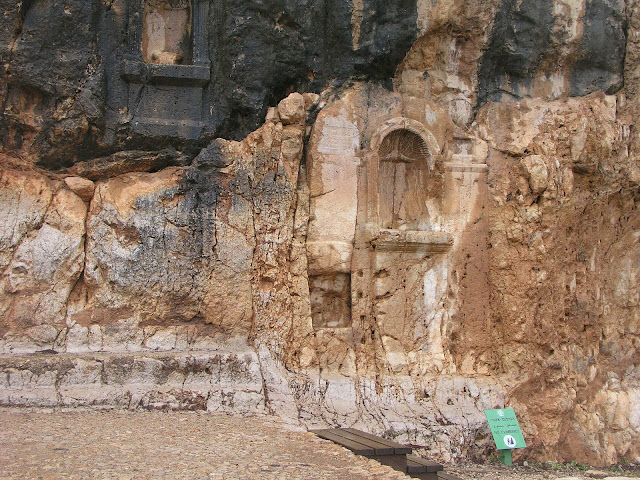As we move closer to Resurrection Sunday we will see memes about Ishtar, Nimrod, Semiramis and Tammuz, that tie the Resurrection of Christ Jesus to pagan myths.
These are absolute garbage. Let me explain:
The oldest goddess documented in history was Inanna. Inanna was the primary, and first fertility goddess of the southern Mesopotamia. Her origins are found in Sumer, dating back to 3000 B.C.. Inanna was the original Queen of heaven. She was NEVER called Semiramis. She was the prototype for nomadic people, who wanted a Queen of heaven of their own.
Inanna had a boyfriend, his name was Dumuzid or Dumuzi. His beginnings are also found in Sumer, dating back to 3000 B.C.. as Inanna and Dumuzid were intimately linked in a romantic relationship. As their popularity grew, their deity status made its way into the Akkadian and Babylonian territories. Here, they were known as Ishtar and Tammuz.
Tammuz was the youthful god of pastures and plants. He was not connected to sun worship nor, was he ever a sun-god. His father was the primary god Ea or El, his mother was Dutter, goddess of ewes, in the Sumerian culture and, Davkina, mistress of the vine, in the Babylonian and Akkadian cultures. The tale of Inanna and Tammuz is documented in the form of hymns, found on Cuneiform Sumerian tablet called the Babylonian Tammuz Lamentations. The tablet is number 15 and is housed in the British museum.
The hymns were translated by Frederick A. Vanderburgh in 1906 and placed into a book published in 1908: Sumerian Hymns from Cuneiform Texts in the British Museum. Frederick Augustus Vanderburgh, Columbia University Press, 1908
